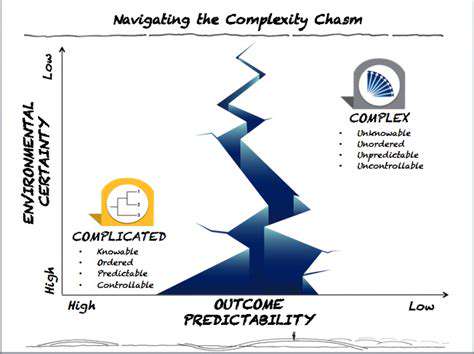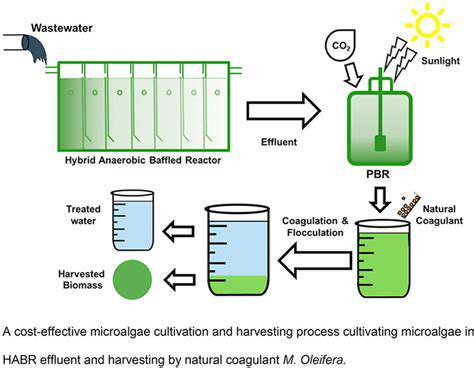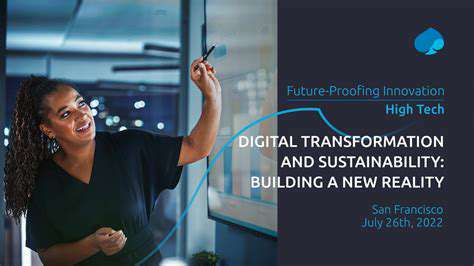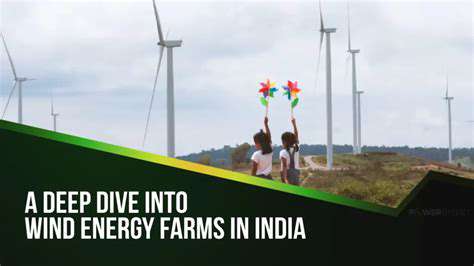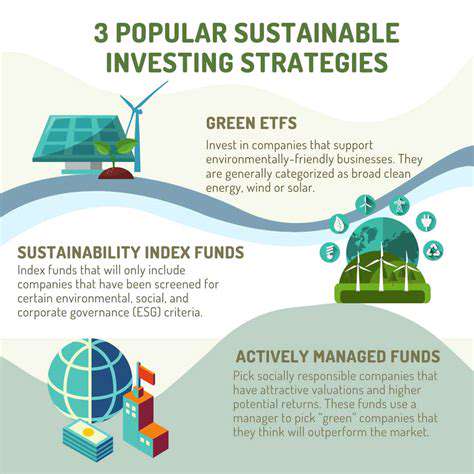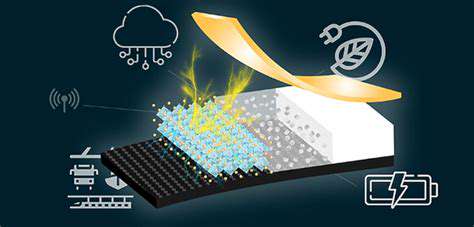Pathways to a 100% Renewable Energy Future
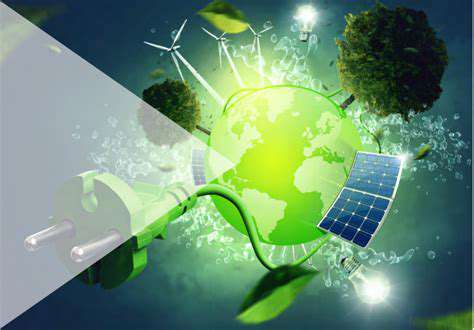
The urgent need for energy sector transformation
Our current energy systems remain heavily dependent on fossil fuels, accounting for nearly 75% of global greenhouse gas emissions. The transition to cleaner alternatives isn't just preferable - it's an existential necessity for planetary survival. Without immediate action, we face increasingly severe climate disruptions that could destabilize societies worldwide. The solution requires coordinated efforts across technological, political, and social dimensions.
Renewables: The foundation of sustainable energy
Solar arrays, wind farms, and hydropower installations are rapidly becoming cost-competitive with traditional power plants. Recent breakthroughs in perovskite solar cells and floating offshore wind turbines demonstrate the remarkable potential of these technologies. As storage solutions improve, these intermittent sources can provide reliable baseline power to meet growing global demand.
Breakthrough technologies accelerating change
Emerging innovations like solid-state batteries and hydrogen fuel cells are overcoming previous limitations in energy storage and transportation. Artificial intelligence now optimizes grid distribution, while advanced nuclear designs offer carbon-free baseload power. These developments collectively enable a faster, smoother transition away from fossil fuels.
The policy landscape shaping our energy future
Governments worldwide are implementing carbon pricing mechanisms and clean energy mandates. The European Union's Green Deal and U.S. Inflation Reduction Act demonstrate how policy can drive investment at scale. Effective legislation balances environmental goals with economic competitiveness and energy security concerns.
Global collaboration for systemic solutions
No single nation can solve this challenge alone. International partnerships like the Paris Agreement create frameworks for shared action, while technology transfer programs help developing nations leapfrog to clean energy. Multilateral development banks now prioritize funding for renewable projects in emerging economies.
Economic realities of energy transition
While upfront costs remain substantial, the long-term economics favor decarbonization. Renewable energy projects create three times more jobs than fossil fuel investments per dollar spent. The plummeting costs of wind and solar - down 70% and 90% respectively since 2010 - make this transition increasingly affordable.
Engaging communities in the energy revolution
Successful transitions require grassroots participation, from community solar cooperatives to energy efficiency education programs. Local decision-making ensures solutions meet regional needs while building public support for broader changes. When citizens see direct benefits, resistance to change diminishes significantly.
Harnessing Solar and Wind Power: Technological Advancements
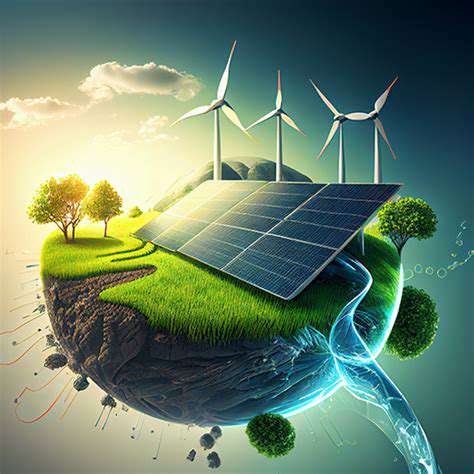
Solar innovation reaching new heights
Modern photovoltaic systems now achieve conversion efficiencies exceeding 22%, with laboratory prototypes pushing past 47%. Building-integrated photovoltaics are transforming urban landscapes, turning skyscrapers into vertical power plants. Meanwhile, agrivoltaic systems demonstrate how farmland can simultaneously produce food and energy without competition for space.
Wind power scaling to new frontiers
The latest offshore wind turbines stand taller than the Eiffel Tower, with rotor diameters spanning football fields. Floating wind platforms now access previously untappable deep-water sites, while airborne wind energy systems promise to harness stronger, steadier high-altitude winds. These advances dramatically increase potential generation capacity worldwide.
Solving the intermittency challenge
Innovative storage solutions are overcoming renewable energy's variability. Flow batteries with 20-hour discharge capacities, compressed air storage in abandoned mines, and gravity-based systems in decommissioned shafts all show promise. Vehicle-to-grid technology will soon turn electric car fleets into massive distributed storage networks.
Addressing implementation barriers
Streamlined permitting processes and standardized interconnection protocols are reducing deployment timelines. New financing models like power purchase agreements make projects accessible to more communities. Circular economy principles ensure end-of-life materials get recycled into new renewable infrastructure.
The renewable energy horizon
Emerging technologies like perovskite-silicon tandem cells and airborne wind energy could double current efficiency standards within a decade. The convergence of renewables with AI and IoT promises to create self-optimizing energy ecosystems that maximize both sustainability and reliability. As these innovations mature, they'll redefine what's possible in clean energy generation.
Policy Frameworks and Incentives: Driving the Transition
Structuring effective renewable policies
Progressive nations now implement reverse auctions that drive down renewable energy costs through competition. Renewable portfolio standards mandate increasing clean energy percentages, while feed-in tariffs guarantee fair pricing. These mechanisms collectively create stable, long-term investment environments that spur rapid deployment.
Financial mechanisms accelerating adoption
Green bonds now mobilize trillions for clean energy projects, while yieldcos provide stable returns for infrastructure investors. Carbon markets put price signals on emissions, making renewables more competitive. Innovative instruments like contract-for-difference schemes protect against price volatility while ensuring fair returns.
Modernizing grid infrastructure
Digital substations with phasor measurement units enable real-time grid balancing across continents. Dynamic line rating systems maximize existing transmission capacity, while microgrids enhance local resilience. These upgrades create the flexible, decentralized networks needed for high renewable penetration.
Fueling innovation through R&D
Public-private partnerships like the U.S. Advanced Research Projects Agency-Energy (ARPA-E) bridge the valley of death between lab and market. National renewable energy laboratories provide crucial testing facilities, while innovation prizes spur breakthrough technologies. This ecosystem accelerates the pipeline from basic research to commercial deployment.
Educating stakeholders at all levels
Workforce development programs train technicians for green jobs, while executive education helps utilities navigate the energy transition. Citizen science initiatives engage communities in renewable energy monitoring. These efforts build the human capital required to sustain the energy transformation.
Ensuring policy stability and adaptability
Multi-party climate agreements create policy continuity across political cycles. Regular technology-neutral reviews ensure frameworks keep pace with innovation. This balanced approach maintains investor confidence while allowing for necessary mid-course corrections.
Numerous studies confirm that exposure to natural environments reduces cortisol levels by an average of 15% within just 30 minutes. From urban greenways to protected wilderness areas, these spaces serve as vital counterbalances to our increasingly digital lives. The combination of fresh air, natural light, and biodiversity exposure triggers measurable physiological changes. This biological response includes strengthened immune function, improved cognitive performance, and enhanced emotional regulation - benefits that persist for hours after returning indoors.
Public Awareness and Consumer Engagement: Fostering a Sustainable Energy Culture
Strategic communication approaches
Effective sustainability messaging focuses on co-benefits rather than sacrifice. Highlighting energy savings, improved air quality, and local job creation resonates more than abstract climate arguments. Personalized energy dashboards make consumption patterns visible, driving more mindful usage behaviors. Gamification techniques transform conservation into engaging challenges rather than chores.
Empowering consumer participation
Community choice aggregation programs give localities control over their energy mix. Peer-to-peer energy trading platforms enable prosumers to sell excess generation. These models democratize energy systems, turning passive consumers into active participants in the transition. Neighborhood solar cooperatives demonstrate how collective action can overcome individual barriers.
Cultivating enduring cultural change
School curricula now integrate energy literacy alongside traditional STEM subjects. Corporate sustainability training reshapes workplace norms. Interfaith environmental initiatives connect spiritual values with energy stewardship. This multifaceted approach embeds sustainable thinking across all societal institutions.
Leveraging social dynamics
Community-based social marketing identifies and amplifies local opinion leaders. Visible rooftop solar installations create neighborhood-level peer effects. These strategies utilize our innate social wiring to accelerate norm change. Digital platforms now facilitate energy-saving competitions between communities.
Aligning incentives with values
Time-of-use pricing structures reward off-peak consumption. Green tariffs allow customers to choose 100% renewable plans. These market mechanisms align financial motivations with environmental preferences. Enhanced disclosure requirements help consumers make informed energy choices.
Building resilient community networks
Neighborhood resilience hubs integrate renewable energy with emergency preparedness. Local energy fairs showcase successful transition stories. These initiatives strengthen social bonds while advancing energy transformation. The most effective programs address both technical and human dimensions of change.
